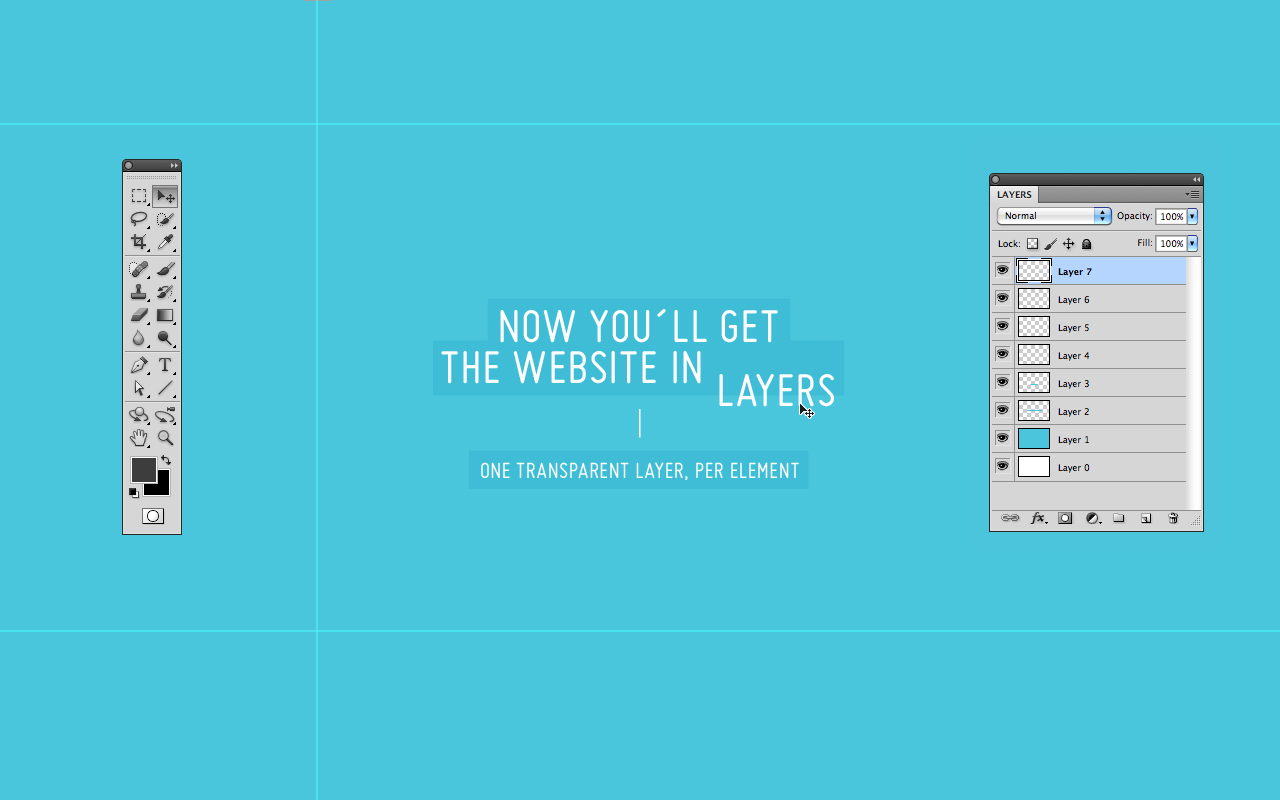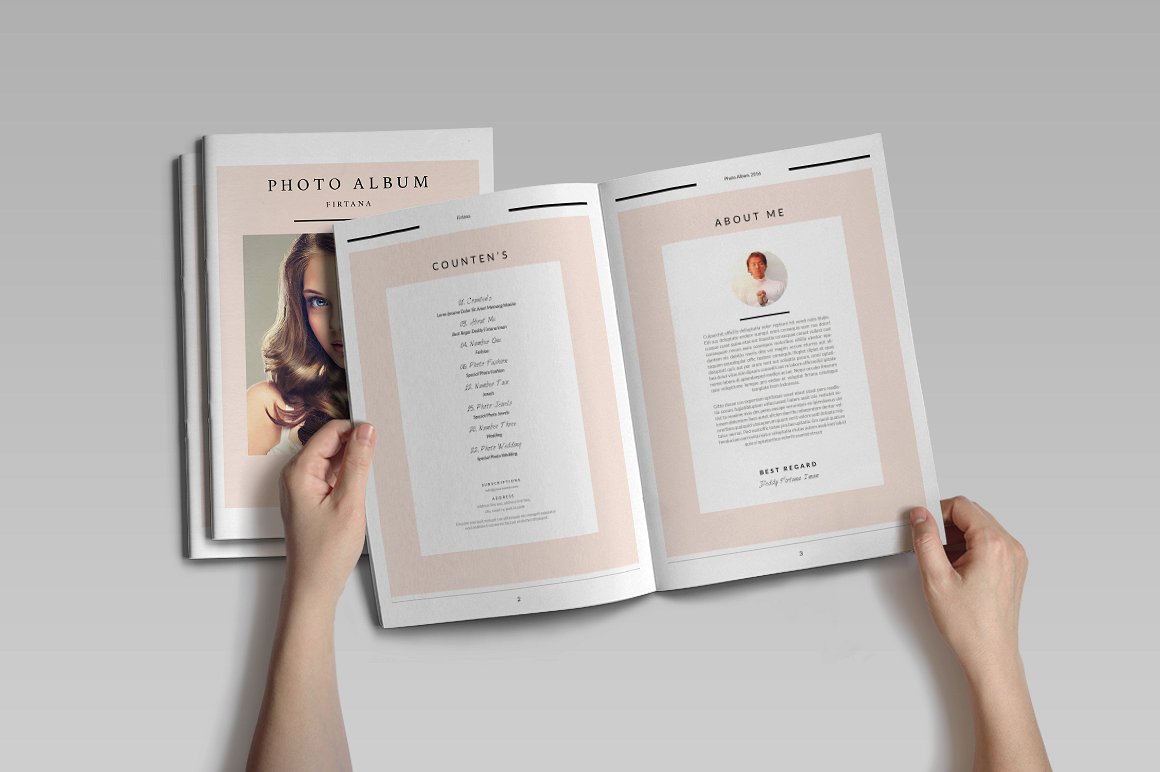

There’s no right or wrong way to use layers, nor is there any limitation to how you can take advantage of layers. This complexity can be reduced when you organize objects onto layers because you can hide or lock objects to avoid accidentally selecting or moving them while working in a document. Simply put, the more complex a layout is, the more difficult and time-consuming it is to work with. Layers provide an enhanced level of control over the objects in a document by allowing you to subdivide a number of objects into logical or functional pieces. The other thing you’ll notice when you open the Layers panel is that if you click the disclosure triangle to the left of a layer name, it will reveal every single object on the page or spread that is contained on that layer. Those four commands to adjust the stacking order of objects only occur within a layer, and will never traverse to other layers. You may also have used the Bring Forward and Send Backwards commands in that same Arrange submenu, to move selected objects in front of or behind the next closest object on that layer. Many InDesign users understand layering in InDesign to the extent that they can use the Object > Arrange > Bring to Front command, which moves an object in front of everything else on that layer and the Object > Arrange > Send to Back command, which moves an object behind everything else on that layer. This layer is created by default in every InDesign document. Open up the Layers panel in any InDesign document and you’ll see at the very least one layer, which is most likely called Layer 1. Well, they’re lying! Not intentionally of course, but whether they realize it or not, they’re always working with at least one layer in every InDesign document that they create. Often when the topic of layers is brought up to InDesign users, they’ll say that they don’t use layers.

One of the InDesign features that provides users with the level of design control that they need to create visually rich layouts is layering.

We all had to start somewhere, so why not start right here!
#Putting page layers under master layers indesign series
You can also add columns that will affect all pages related to the master.InDesign Basics is a series of articles for new InDesign users, highlighting basic information and techniques. You are now able to make global edits to your document by inserting text boxes and graphics the same way you would on the normal pages. Remember, there is a left and a right page to the master, so be sure you are on the page you want to be.Īlternatively, you can use the navigation tool at the bottom left of the screen to choose the A -Master page. Double-click on A-Master in the Pages Panel to display the Master Page.Make sure the Pages Panel is showing by going to the Window menu, then clicking Pages.To view the default InDesign Master Page: However, if you’re creating a multi-page document such as a newsletter, book, or catalog, master pages are one of InDesign’s most powerful features. If you’re working with a single page document, you don’t need to worry about master pages. headers, footers, page numbers, etc.) By default, every InDesign document you create contains two masters, one for pages on the left and one for those on the right. Master pages can contain text and graphic elements that will appear on all pages of a publication (i.e. A Master Page is a nonprinting page that you can use as the template for the rest of the pages in your document.


 0 kommentar(er)
0 kommentar(er)
